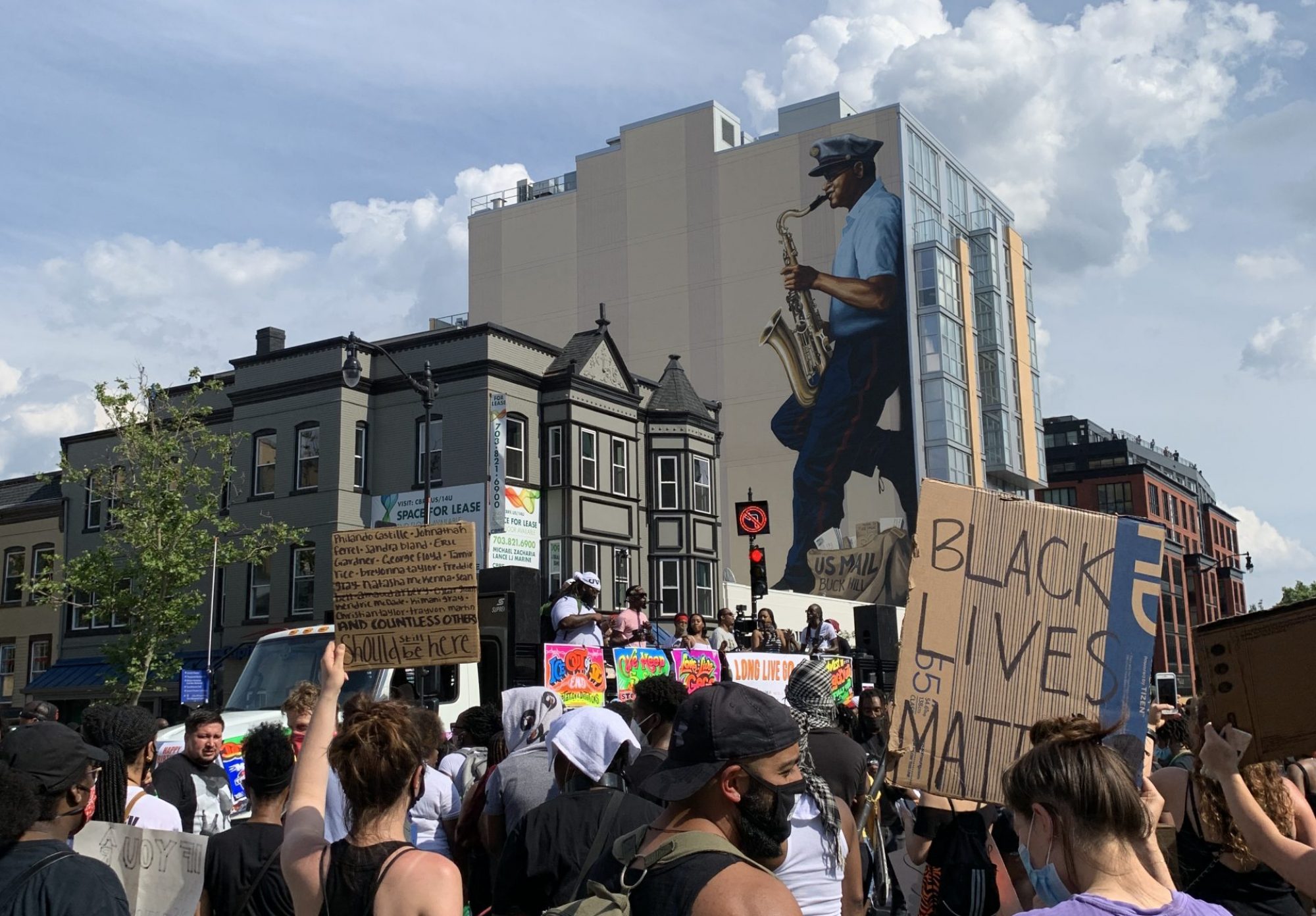I can’t remember a week like this in DC, attending two vigils for people killed on the streets. Under terrible circumstances, I was reminded of the power of community in times of grief. I appreciate the leadership of Ron Thompson, Matthew Sampson, WABA and so many others, bringing people together to honor Abdul Seck and Dave Salovesh.
Amid the gatherings and calls for action, I’ve struggled to put into words how I feel about these events, and what we must do going forward.
Another thing. Every day, because of my “day job”, I am afraid I’ll get an urgent text, with news that someone — a passenger, an employee — has been seriously injured or killed on the streets. It’s my responsibility to keep everyone safe. But it’s impossible to be truly safe on the streets in DC.
Of course it’s worse in Baltimore. And in so many other cities around the country.
I’ve thought for many years about ways to respond to this reality. One way is pressuring our elected leaders. Another is dedicating myself to transportation systems that are safe, sustainable, and low-cost. But I think we need to change the conversation.
In 1B, in our own small way, we are trying to do that. The Road Safety Sub-Committee has released a survey, in English and Spanish, about safe streets in ANC 1B. It’s the result of lots of hard work, led by Andrew Peters along with our Transportation Committee. We’ll send it far and wide, to all 1B stakeholders who live, work and travel in our neighborhood.
This effort seems wholly inadequate to the challenge before us. We’re trying to help our community understand why people want the streets to be changed. It’s not privileging one lifestyle over another. It’s making sure everyone can live their life, no matter they get around town.
In transport operations, we say that every unsafe action could lead to a crash, which could lead to a death. If you want to reduce deadly accidents in your fleet, the best way is to reduce the number of unsafe actions — which are always under your control.
As an ANC Commissioner, I’ve started to apply that principle to the streets. Every time someone feels unsafe moving through their community, it surely means there’s a heightened risk of an accident, which could lead to a death. So let’s try to reduce what we have control over: that feeling of danger that arises from things like high speed limits, narrow sidewalks, or absent bike lanes.
The road safety survey is about uncovering those unsafe feelings. We are collecting data so that we can let the city know what needs to happen. We are including everyone in the dialog, so that the broadest possible spectrum of road users understands it’s about safety. Not speed limits. Not bus lanes. Not even sidewalks.
It’s about freedom to live, no matter where you’re going or where you are coming from.
If you’re working on road safety in DC, you have my full support. Tell me how I can help. And come see us at the Road Safety Sub-Committee.
Update, 2020: the Committee’s work is done. Here is a link to the report.
